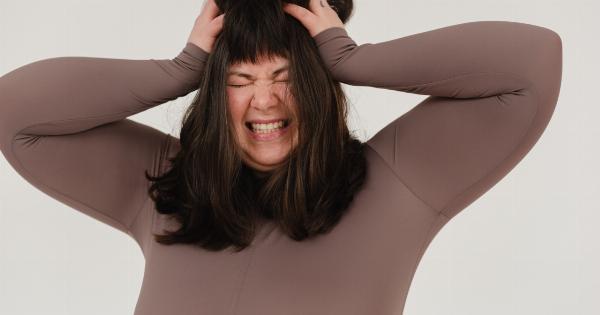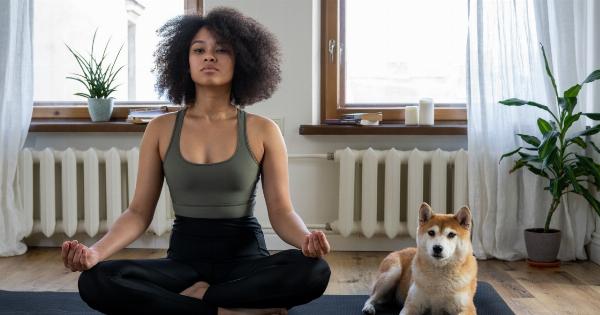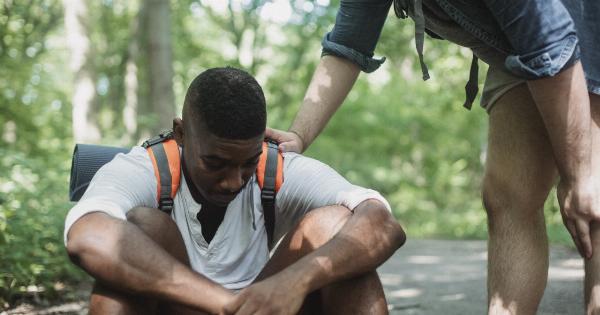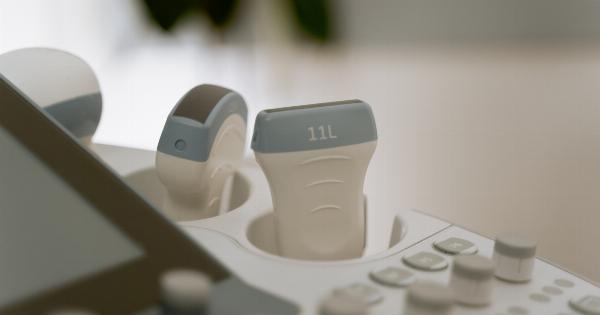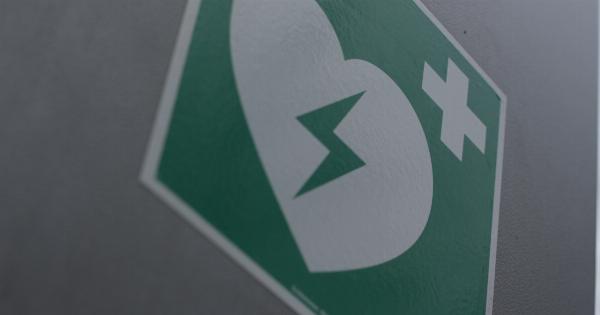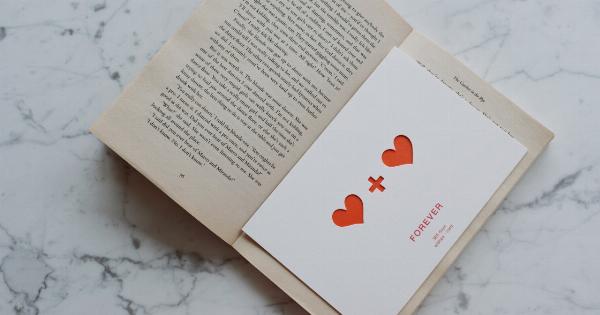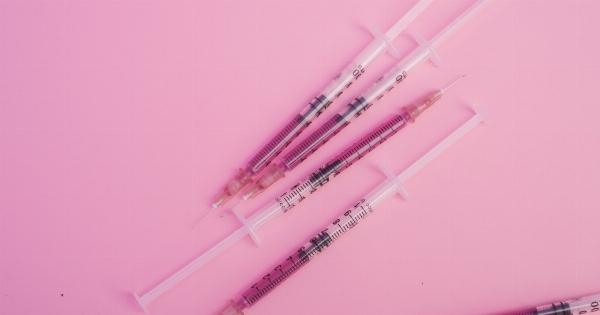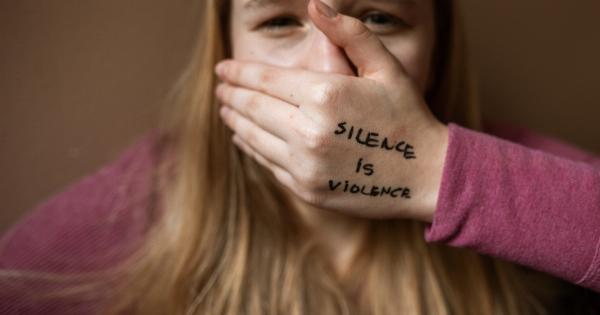Orthostatic hypotension, also known as postural hypotension, is a condition where a person’s blood pressure drops significantly when they stand up from a sitting or lying position, leading to a host of symptoms like dizziness, lightheadedness, and even fainting. While this condition can be managed through lifestyle changes and medical treatment, experiencing a sudden drop in blood pressure can be dangerous and requires immediate attention.
If you or someone you know experiences orthostatic hypotension, here are a few tips on how to quickly increase blood pressure:.
1. Drink Plenty of Water
Dehydration can lead to a drop in blood pressure, so drinking plenty of water throughout the day can be helpful in preventing orthostatic hypotension.
Aim to drink at least eight 8-ounce glasses of water daily, and increase your intake on hot days or if you’re engaging in physical activity.
2. Elevate Your Legs
When you’re sitting or lying down, try to elevate your legs above the level of your heart. This can help increase blood flow to the upper body and reduce the likeliness of a sudden drop in blood pressure when you stand up.
3. Wear Compression Stockings
Compression stockings apply gentle pressure to the legs, aiding in blood circulation and keeping blood from pooling in the lower extremities. By improving blood flow, compression stockings can help prevent a sudden drop in blood pressure.
4. Increase Your Salt Intake
Sodium is crucial for maintaining healthy blood pressure levels, and increasing your salt intake can help raise blood pressure when it gets too low.
However, it’s important to talk to your doctor before making any significant changes to your diet, particularly if you have kidney disease or other health conditions affected by salt intake.
5. Avoid Alcohol
Drinking alcohol can cause blood pressure to drop, especially when consumed in excess. If you’re prone to orthostatic hypotension, it’s best to avoid drinking alcohol altogether or limit your intake.
6. Exercise Regularly
Regular exercise can help improve blood flow, strengthen the heart, and lower blood pressure.
However, if you’re new to exercise or have a health condition, it’s important to start slowly and work with your doctor to determine what types of exercise are safe for you.
7. Take Your Time When Standing Up
When transitioning from a seated or lying position to standing up, take your time and stand up slowly. This can help prevent a sudden drop in blood pressure and the accompanying symptoms.
8. Consider Medication
In severe cases of orthostatic hypotension, medication may be needed to help regulate blood pressure. Your doctor may prescribe medications like fludrocortisone or midodrine to help treat this condition.
9. Stay Cool
Excess heat can cause blood vessels to dilate, leading to a drop in blood pressure. Stay cool by wearing light, breathable clothing, staying indoors in air conditioning, or using a fan.
10. See Your Doctor Regularly
If you’re experiencing symptoms of orthostatic hypotension, it’s important to see your doctor regularly to monitor your blood pressure and receive any necessary treatment.
Your doctor can also help you make lifestyle changes and manage any underlying health conditions that may be contributing to your symptoms.








